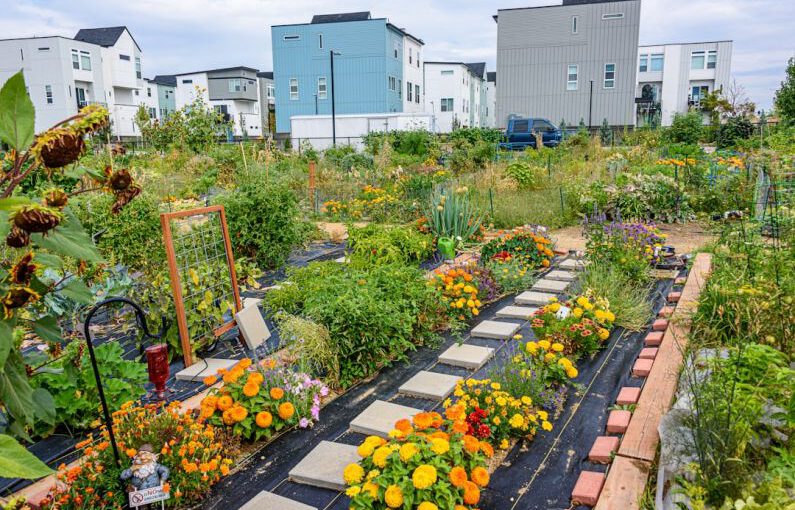Community gardens are a wonderful way to bring people together, promote sustainability, and enjoy the benefits of growing fresh produce right in your neighborhood. Starting a community garden can be a rewarding experience that not only enhances the beauty of your area but also fosters a sense of community spirit. If you are considering starting a community garden in your neighborhood, here are some practical steps to get you started.
Finding the Right Location
The first step in starting a community garden is finding a suitable location. Look for an area that receives plenty of sunlight, has easy access to water, and is relatively flat. It’s important to consider factors such as soil quality and drainage when selecting a site for your garden. You may want to reach out to local authorities or community organizations to inquire about available land or seek permission to use a vacant lot for gardening purposes.
Engaging the Community
Once you have identified a potential location for your community garden, it’s time to engage with your neighbors and other community members. Organize a meeting or create a social media group to gauge interest and gather input from those who are interested in participating. Encouraging a sense of ownership and involvement from the community will help ensure the long-term success of your garden project.
Establishing a Garden Committee
Forming a garden committee can help distribute responsibilities and ensure that tasks are carried out efficiently. The committee can be responsible for tasks such as garden planning, fundraising, organizing events, and communicating with members. Having a dedicated group of individuals who are passionate about gardening and community building can make the process of starting and maintaining a community garden much smoother.
Securing Funding
Funding is often necessary to cover the initial costs of establishing a community garden, such as purchasing tools, seeds, soil, and other supplies. You may want to explore various sources of funding, such as grants, donations, or fundraising events. Consider reaching out to local businesses, community organizations, or government agencies that may be willing to support your garden project.
Planning the Garden Layout
Once you have secured a location and funding for your community garden, it’s time to start planning the layout. Consider factors such as the size of the garden plots, pathways, seating areas, and storage space. It’s important to design a layout that is both functional and aesthetically pleasing, taking into account the needs and preferences of your community members.
Organizing Workdays
Organizing regular workdays can help bring community members together to maintain the garden, plant new crops, and tackle any necessary maintenance tasks. Workdays can also serve as a great opportunity for members to socialize, share gardening tips, and learn from one another. Consider providing refreshments or organizing potluck meals to make workdays more enjoyable for participants.
Promoting Sustainability
Incorporating sustainable practices into your community garden can help reduce waste, conserve resources, and create a healthier environment for both plants and people. Consider using organic gardening methods, composting kitchen scraps, and implementing water-saving techniques such as rainwater harvesting. Educating community members about the importance of sustainability can help foster a culture of environmental stewardship within your garden.
Celebrating Successes
As your community garden begins to flourish, take the time to celebrate your successes and achievements. Host events such as harvest festivals, potluck dinners, or garden tours to showcase the hard work and dedication of your community members. Recognizing and appreciating the efforts of everyone involved can help strengthen bonds within the community and inspire continued participation in the garden project.
In conclusion, starting a community garden in your neighborhood can be a fulfilling and enriching experience that brings people together, promotes sustainability, and enhances the quality of life for all involved. By following these practical steps and fostering a sense of community spirit, you can create a vibrant and thriving garden that benefits both individuals and the community as a whole. So, roll up your sleeves, grab a shovel, and start planting the seeds of community togetherness in your neighborhood today.





